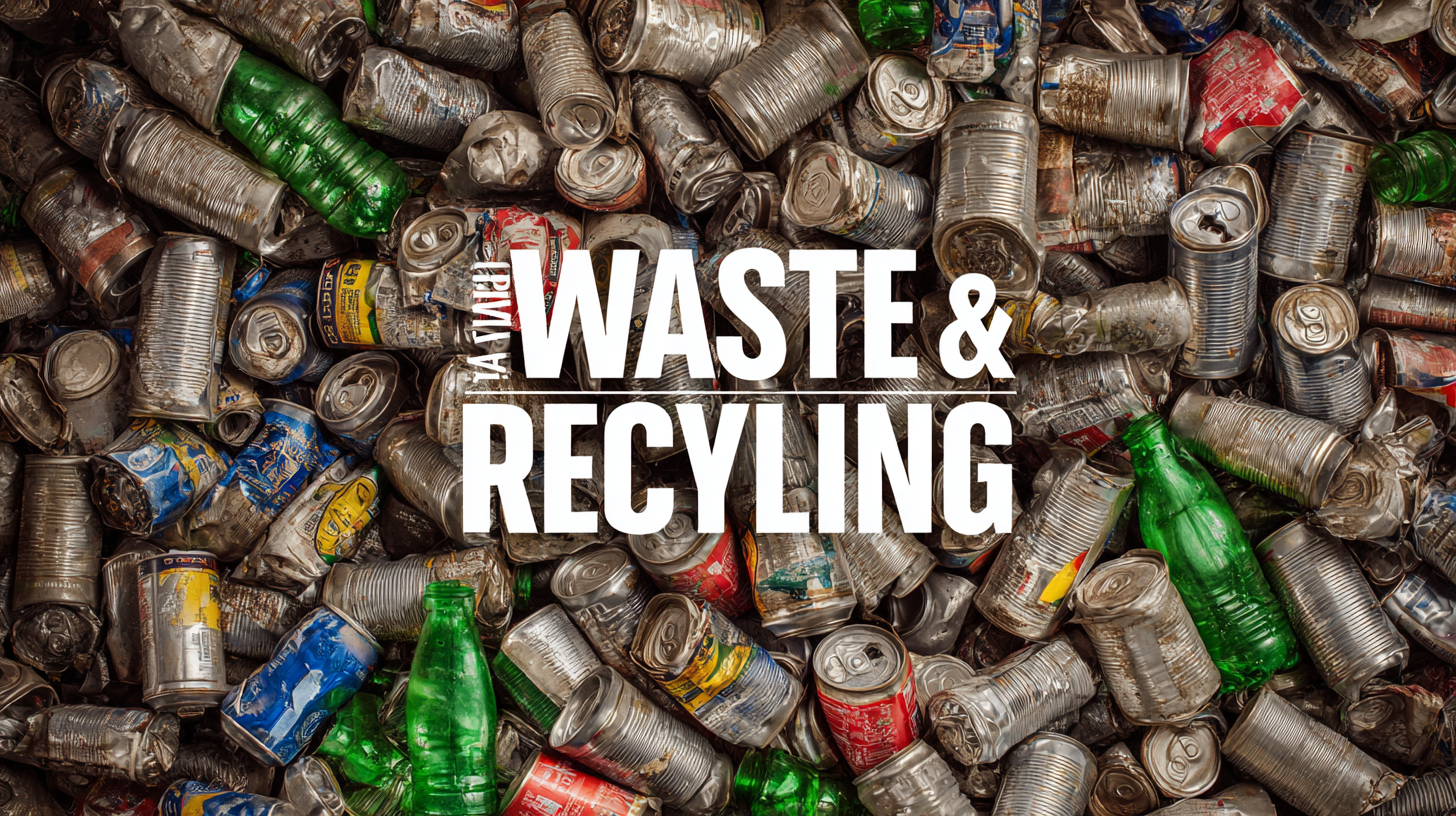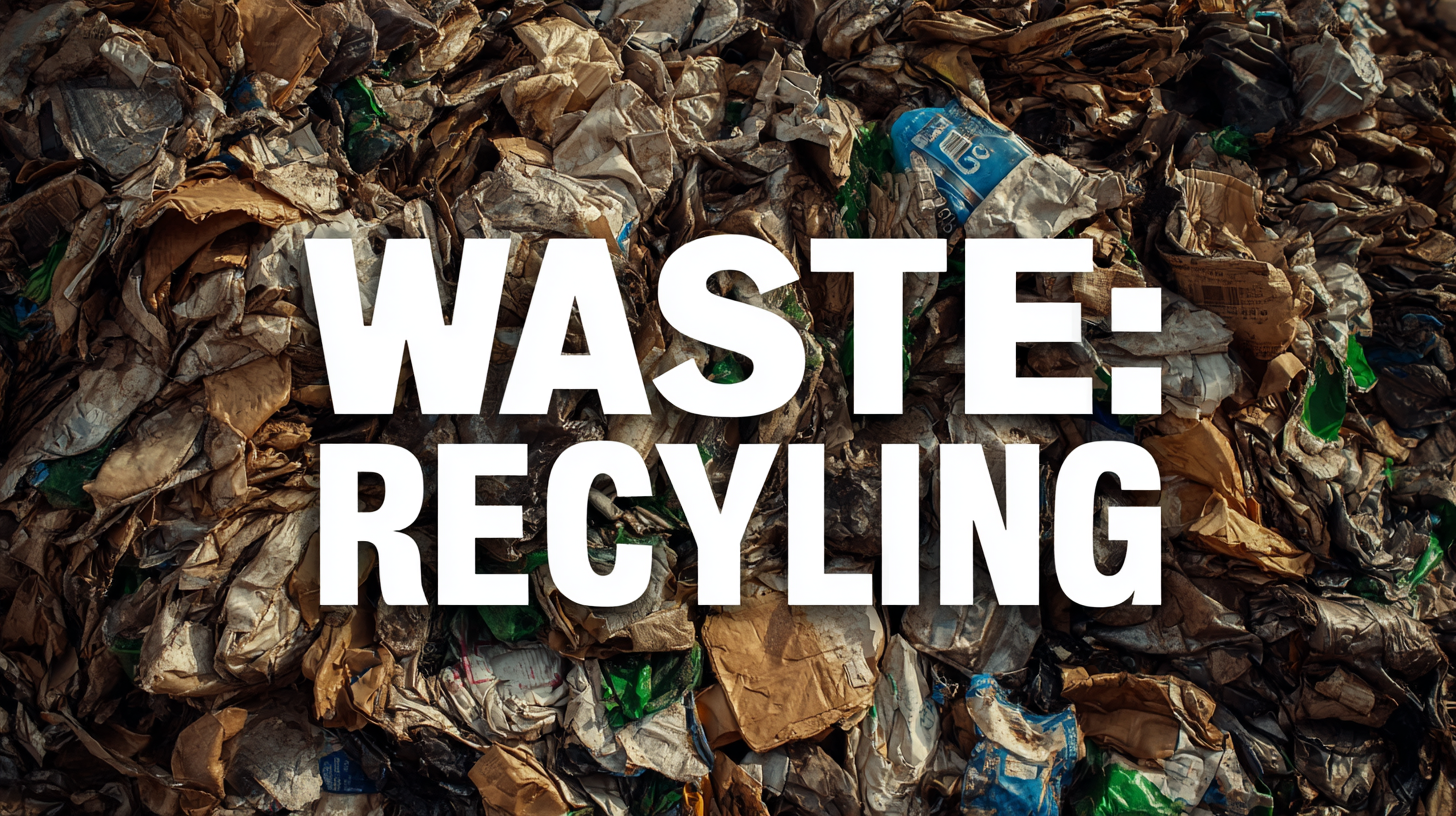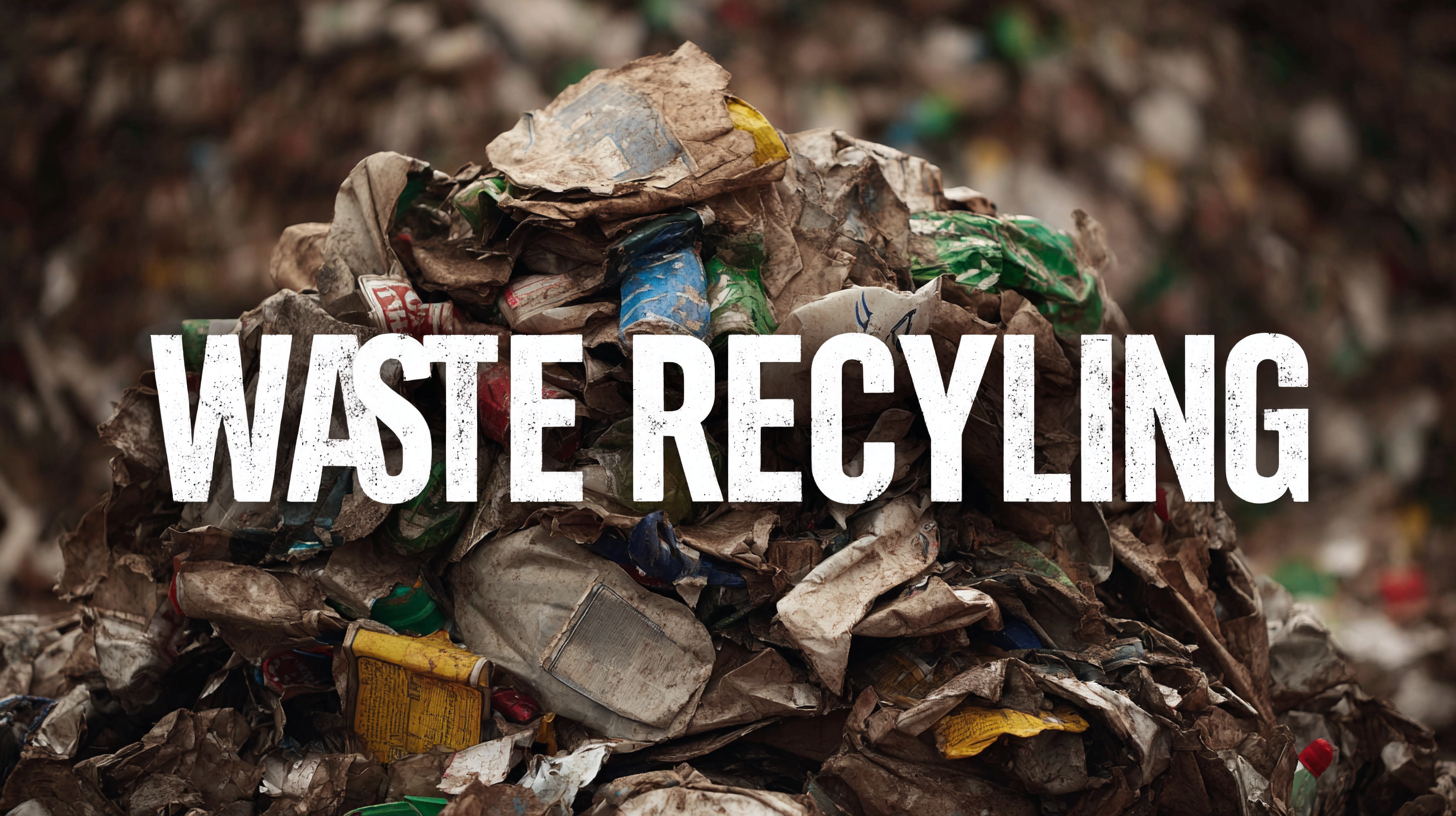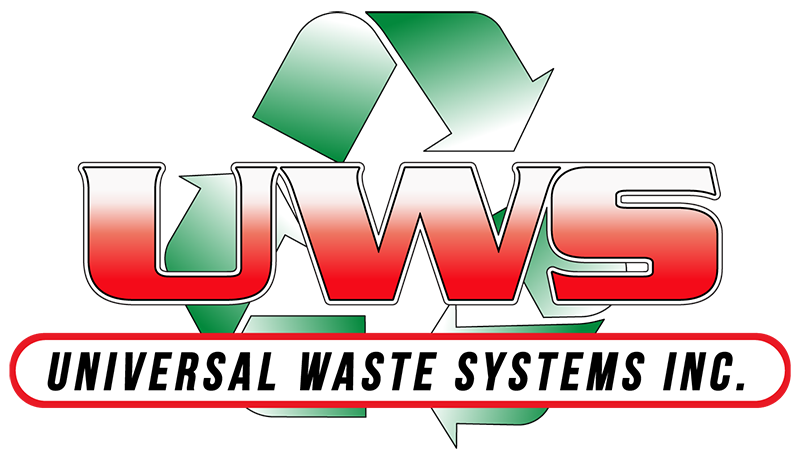Blog
Unlocking the Best Waste And Recycling Technologies A Comprehensive Guide to Specifications and Usage
In today's rapidly evolving waste management landscape, the effective harnessing of Waste And Recycling technologies has become crucial for cities and businesses alike. According to a report by the Global Recycling Foundation, the recycling sector alone is projected to create over 1 million jobs by 2030 while saving approximately 700 million tons of CO2 emissions. With such significant environmental and economic implications, selecting a high-quality manufacturer of recycling equipment is more important than ever. This comprehensive guide delves into the specifications and practical applications of cutting-edge Waste And Recycling technologies, equipping decision-makers with the knowledge necessary to choose reliable suppliers that can contribute to a sustainable future. Understanding the capabilities and certifications of manufacturers is essential for maximizing efficiency and compliance in recycling operations, paving the way for innovation and responsible waste management practices.

Emerging Technologies Revolutionizing Waste Management Efficiency
Emerging technologies are at the forefront of revolutionizing waste management efficiency, providing innovative solutions to one of the most pressing environmental challenges of our time. For instance, in a rapidly urbanizing world, smart waste management systems powered by artificial intelligence and Internet of Things (IoT) devices are transforming how cities manage their trash. These smart bins equipped with sensors can monitor fill levels in real time, optimizing collection routes and reducing the carbon footprint associated with waste collection. The integration of generative AI not only enhances operational efficiency but also contributes to sustainable practices in waste processing and recycling.
Moreover, AI-powered solutions are being developed to tackle specific issues such as plastic pollution. Advanced technologies using satellite imagery are enabling better detection and monitoring of pollutants, which is crucial for effective cleanup initiatives. In regions like Hong Kong, innovative recycling technologies are setting benchmarks for waste management, highlighting the importance of sustainability in urban planning. As these emerging technologies continue to evolve, they hold the promise of creating more efficient and responsible waste management systems that can significantly mitigate environmental impacts.
Emerging Waste Management Technologies
Key Specifications for Advanced Recycling Equipment on the Market
In the rapidly evolving landscape of waste and recycling technologies, understanding the key specifications for advanced recycling equipment is paramount. With the global waste oil recycling market expected to witness significant growth, reaching USD 6.37 billion by 2033, it is essential to focus on equipment that maximizes efficiency and output quality. Advanced recycling technologies now incorporate innovative solutions that enhance material recovery while minimizing environmental impact.

For instance, the rise of intelligent Material Recovery Facilities (MRFs) is transforming how recyclables are sorted and processed. By leveraging advancements in machine learning and sensor technologies, these facilities can achieve unprecedented levels of accuracy and speed in sorting materials, ensuring that valuable resources are not lost in the recycling stream. Additionally, developments in PET recycling systems illustrate the industry's commitment to creating closed-loop solutions, wherein recycled materials can be reintegrated into the production cycle effectively. Understanding these specifications not only helps stakeholders make informed equipment choices but also supports the overarching goal of maximizing resource recycling in a sustainable manner.
Comparative Analysis: Best Waste-to-Energy Solutions in 2023
In 2023, the landscape of waste-to-energy technologies has evolved rapidly, driven by the need for sustainable waste management solutions. A comparative analysis reveals a range of innovative systems that not only divert waste from landfills but also convert it into usable energy. The most notable contenders include advanced anaerobic digestion facilities, state-of-the-art gasification plants, and cutting-edge incineration technologies, each with unique specifications and applications.

Anaerobic digestion stands out for its ability to process organic waste, producing biogas that can be used to generate electricity or fuel. Meanwhile, gasification transforms various types of waste into syngas through high-temperature processes, making it a versatile option for different waste streams.
Incineration, often viewed with skepticism due to emissions, has seen improvements through modern scrubbers and emission controls, minimizing environmental impact while efficiently converting waste into energy. As municipalities and industries seek effective waste management solutions, understanding the specifications and operational efficiencies of these technologies is crucial for informed decision-making.
Sustainable Practices: Integrating Technology in Recycling Operations
In recent years, the integration of technology in recycling operations has become essential for sustainable practices. With the global precursor materials market projected to reach $10.15534 billion in 2024 and expanding to $12.75613 billion by 2025, the demand for efficient recycling technologies continues to grow. These advancements not only optimize waste management processes but also contribute to a circular economy by enabling material recovery and reducing environmental impacts.
TIPS: Implementing solvent recovery systems (SRUs) can significantly enhance the efficiency of recycling programs. By 2025, the global SRU market is expected to hit $111.939 million, reflecting the technology's rapid adoption. Companies should explore various technologies, such as distillation and membrane separation, to identify the most effective solutions tailored to their specific operational needs.
Another valuable practice is investing in waste separation bins, with a market expected to grow from $1.23 million in 2022 to $2.45 million by 2030. Encouraging consumer participation in waste separation not only aids recycling efforts but also fosters a culture of sustainability within communities. Businesses can support this initiative by providing clear guidelines and educational resources to enhance public awareness and engagement.
Unlocking the Best Waste And Recycling Technologies: A Comprehensive Guide to Specifications and Usage
| Technology Type | Specifications | Usage | Efficiency (%) | Sustainability Impact |
|---|---|---|---|---|
| Mechanical Recycling | Closed-loop systems, granulation | Plastic waste management | 85 | Reduces landfill waste |
| Biorecycling | Microbial treatment, composting | Organic waste processing | 75 | Improves soil health |
| Incineration | High-temperature burning, energy recovery | Energy generation from waste | 90 | Reduces waste volume |
| Chemical Recycling | Conversion of waste into chemicals | Diversified plastic recycling | 80 | Creates new raw materials |
| Plasma Arc Gasification | High-energy input, plasma torch | Treatment of hazardous waste | 95 | Minimizes harmful emissions |
Evaluating Cost-Effectiveness of Modem Waste Treatment Technologies
The cost-effectiveness of modern waste treatment technologies is a critical factor in determining their adoption and implementation. As cities and communities face increasing waste generation, traditional disposal methods are becoming less viable. Innovative solutions, such as anaerobic digestion and advanced recycling facilities, present viable alternatives that can significantly reduce landfill use while promoting resource recovery. Evaluating the economic impact of these technologies involves analyzing initial investment costs, operational efficiency, and long-term savings through reduced waste disposal fees and potential revenue from recycled materials.
Moreover, the integration of smart technology in waste management systems enhances their cost-effectiveness. IoT sensors and data analytics allow for optimized collection schedules and route planning, minimizing fuel consumption and labor costs. By investing in these advanced technologies, municipalities can achieve higher efficiency levels, reducing both operational expenses and environmental impact. It's crucial for decision-makers to assess the overall lifecycle costs and benefits when implementing waste treatment technologies, ensuring that both economic viability and sustainability objectives are met.
Request a Quote
Fill out the form below and one of our specialists will contact you to discuss your questions and needs.
